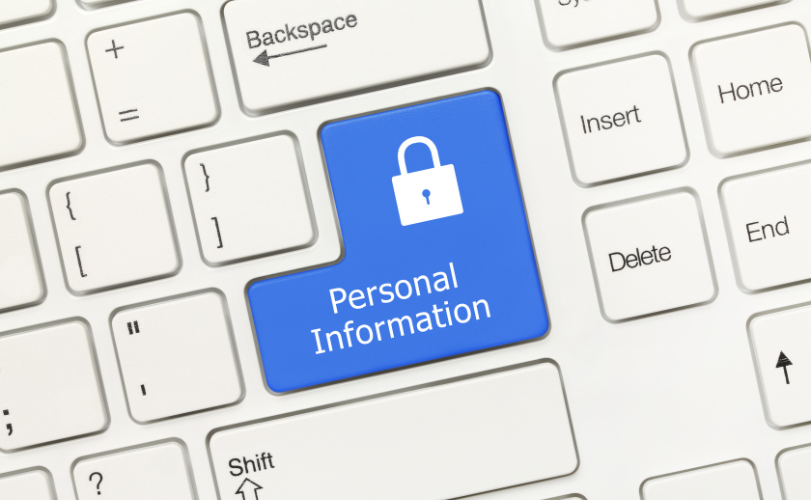Protecting personal data is more critical than ever in today’s digital landscape. With cyber threats on the rise, understanding the importance of protecting personal data can safeguard you from various security risks. This article explores how protecting personal data can help you avoid six key security threats, ensuring your information remains secure.
1. Prevent Identity Theft
One of the most significant threats is identity theft. By securing personal data, you reduce the risk of your sensitive information being stolen and misused. Cybercriminals often target personal data like Social Security numbers, bank account details, and passwords. These details are used to commit fraud. Implementing strong security measures, such as encryption and secure passwords, is essential. Protecting personal data through these methods ensures your identity remains safe and uncompromised.
2. Avoid Phishing Attacks
Phishing attacks are another common threat that can be mitigated by protecting personal data. Phishing attempts involve tricking individuals into revealing personal information by posing as legitimate entities. These attacks often lead to significant financial loss or data breaches. By being vigilant and safeguarding your data, you can recognize and avoid phishing scams. Protecting personal data by not sharing it with unverified sources is key to staying secure. Regularly updating your passwords and being cautious with emails and links can help protect you from these attacks.
3. Reduce the Risk of Financial Fraud
Financial fraud is a severe consequence of not protecting personal data. Cybercriminals can use stolen information to access bank accounts, make unauthorized purchases, or even take out loans in your name. Protecting personal data, such as credit card numbers and banking details, is vital to prevent financial loss. Using secure payment methods and monitoring your financial statements regularly can help you detect any unusual activity. Protecting data through secure channels and verifying transactions minimizes the chances of falling victim to financial fraud.
4. Protect Against Data Breaches
Data breaches are becoming increasingly common, affecting millions of individuals and organizations worldwide. By protecting personal data, you can minimize the impact of a data breach. Strong encryption, regular software updates, and secure backups are essential practices. They keep your data safe even if a breach occurs. Protecting personal data involves ensuring that your devices and networks are secure, reducing the likelihood of unauthorized access. By adopting these practices, you can protect yourself from the devastating consequences of a data breach.
5. Prevent Social Engineering Attacks
Social engineering attacks rely on manipulating individuals into revealing personal information or granting access to secure systems. Protecting personal data is crucial to avoid falling victim to these sophisticated tactics. Cybercriminals often pose as trusted individuals to exploit vulnerabilities. By being aware of these tactics and protecting personal data, you can resist these manipulation attempts. Using multi-factor authentication and verifying requests for information can protect your data from social engineering attacks.
6. Mitigate Insider Threats
Insider threats, whether intentional or accidental, pose significant risks to your data. These threats can come from employees, contractors, or anyone with access to sensitive information. Protecting personal data by implementing strict access controls and monitoring can help detect and prevent unauthorized access from within. Regularly reviewing who has access to your data and ensuring they follow proper security protocols is essential. By protecting personal data and being vigilant about insider threats, you can reduce the risk of internal data breaches.
Conclusion
Protecting personal data is not just about safeguarding information; it is about avoiding significant security threats. Identity theft, phishing attacks, financial fraud, data breaches, social engineering, and insider threats are all risks that can be mitigated by protecting personal data. Implementing strong security practices, staying vigilant, and regularly updating your security measures are essential steps. Protecting data ensures that you are not only keeping your information safe but also protecting yourself from potential threats. By taking proactive measures, you can secure your data and enjoy peace of mind in today’s digital world.

